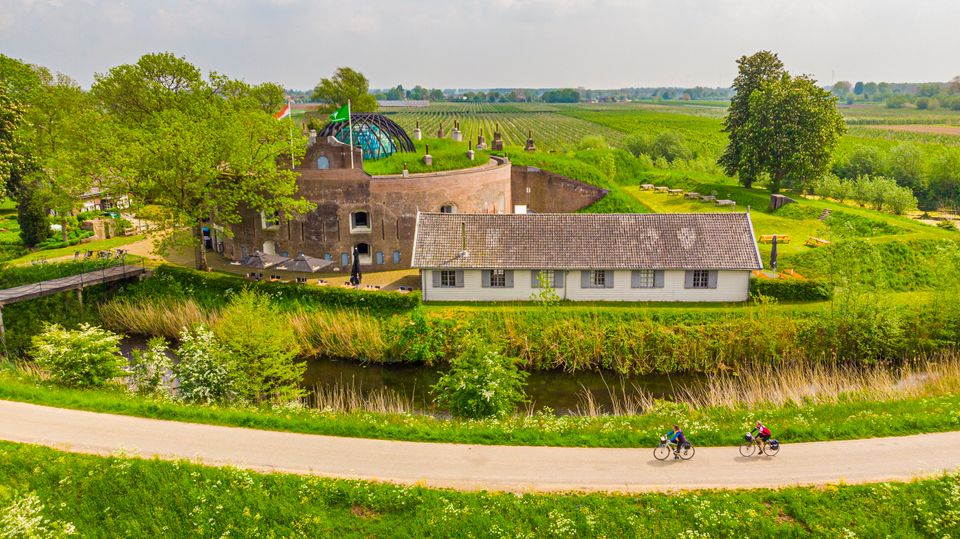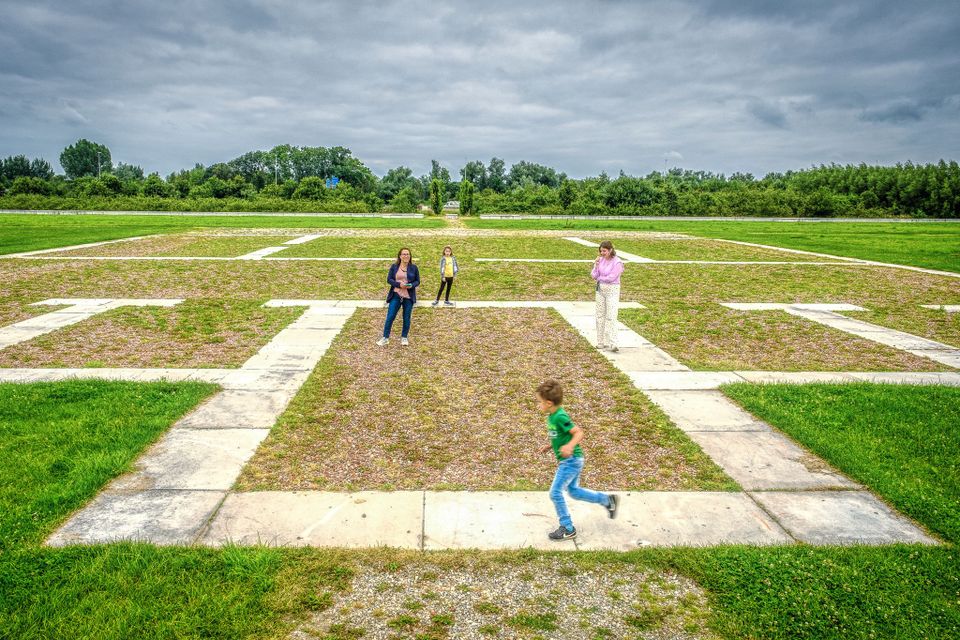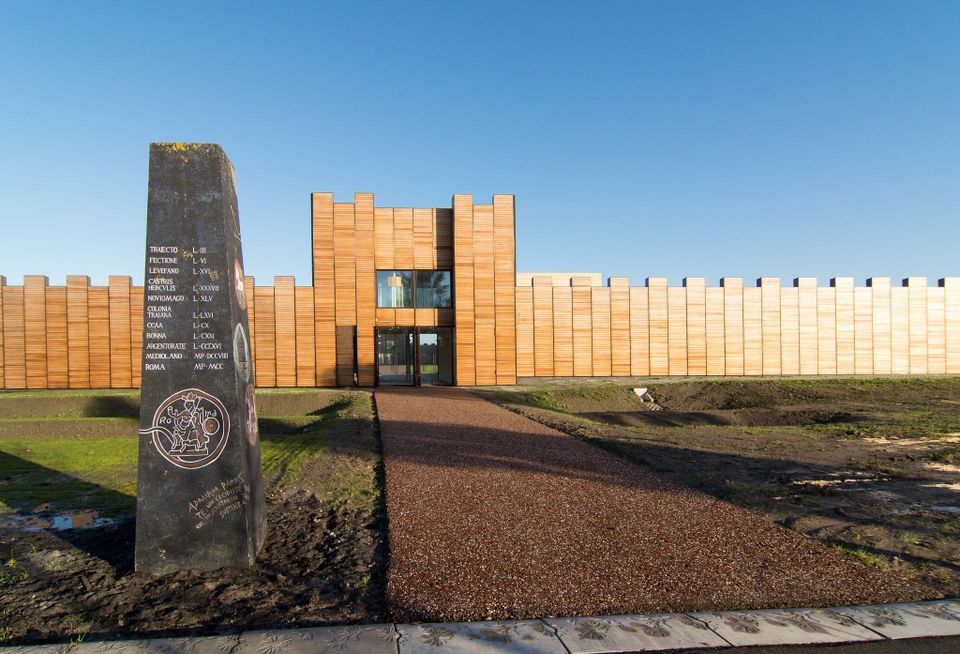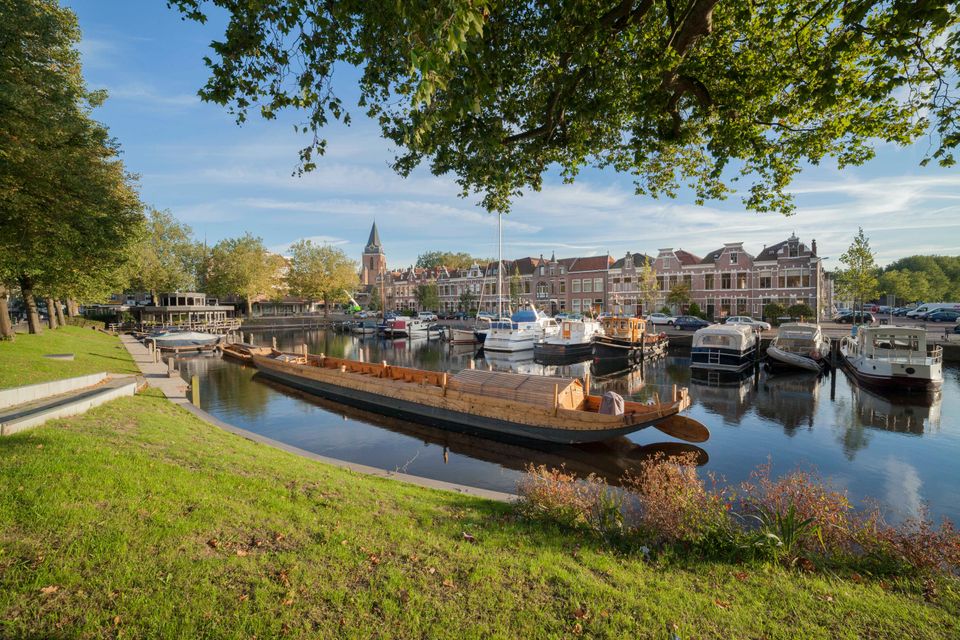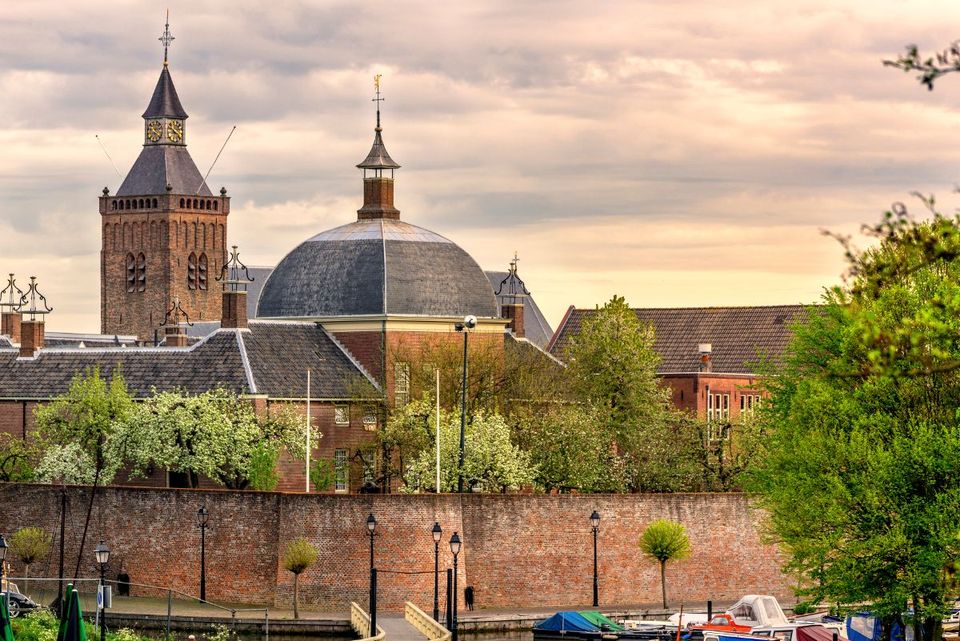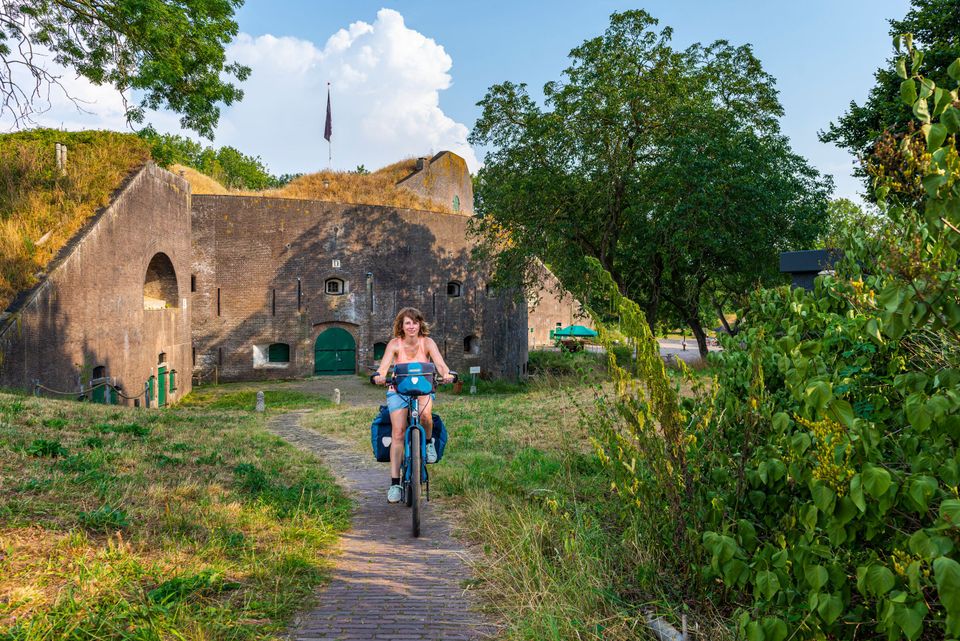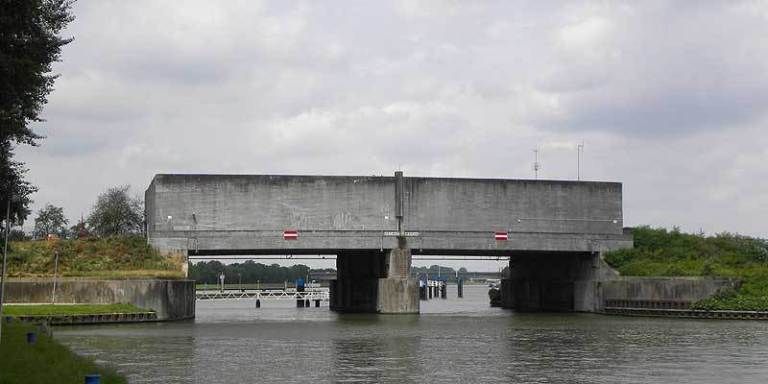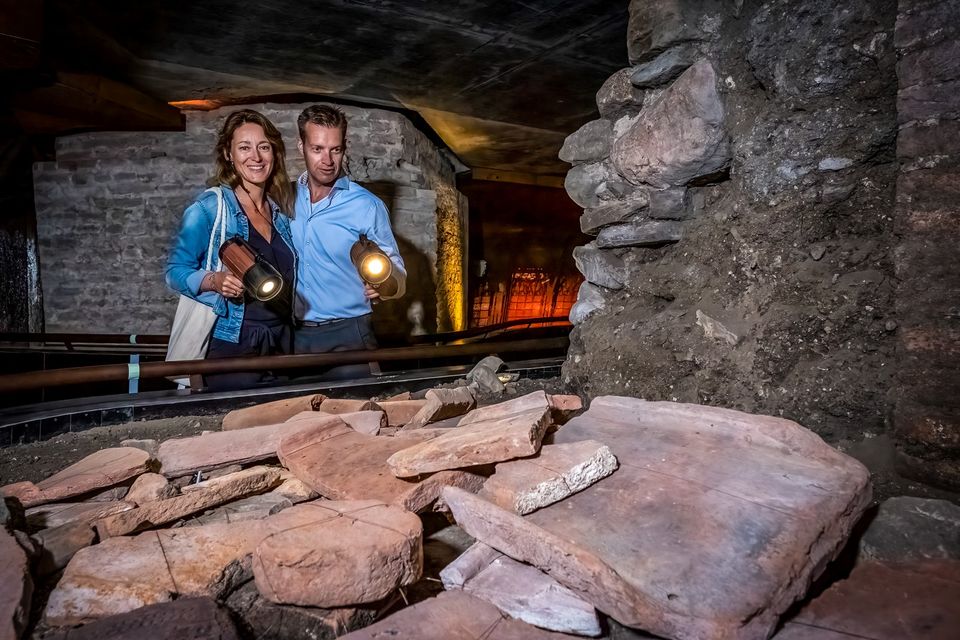Utrecht World Heritage Weekend Tour
Get ready to travel far back in time on this tour that starts in Utrecht. Beneath Dom Square, you can dive into our Roman past and see the ruins of a Roman castle. After that you’ll cycle along the forts of the New Dutch Waterline, which lie in the east of Utrecht and once protected the city. The route will also take you through the Alblasserwaard and Lopikerwaard, old polder areas with meadows, levees, knotted willows and farms.
Three Weekend Tours
Go on a journey of discovery across a distinctive military l…
Get ready to travel far back in time on this tour that starts in Utrecht. Beneath Dom Square, you can dive into our Roman past and see the ruins of a Roman castle. After that you’ll cycle along the forts of the New Dutch Waterline, which lie in the east of Utrecht and once protected the city. The route will also take you through the Alblasserwaard and Lopikerwaard, old polder areas with meadows, levees, knotted willows and farms.
Three Weekend Tours
Go on a journey of discovery across a distinctive military landscape and cycle through up to five defence lines and 2,000 years of military history. During three weekend tours ranging from 100 to 125 kilometres that largely run through the Province of Utrecht, you’ll enjoy a mix of stunning natural scenery, robust fortresses, wide rivers and beautiful terraces. The tours run along marked cycling routes and are therefore easy to follow. You’ll pedal through a charming backdrop of waterways, greenery and fortified towns that tell the story of days gone by. After relaxing and refreshing with a tasty beer at one of the forts, you’ll continue cycling along fortresses, dykes, sluices, canals, casemates, group shelters and large green areas that could be flooded on command: an ingenious system that used to protect the Netherlands against enemy troops. You can also enjoy the three weekend tours during the week, of course. Hop on your bike and explore these traditional Dutch defence lines.
Utrecht’s defence lines
Dive into the unique story of the Roman limes, the Old Dutch Waterline, the Grebbe Line and the Dutch Water Defence Lines (made up of the New Dutch Waterline and the Defence Line of Amsterdam). The weekend tours tell the story of 2,000 years of military history. You’ll immerse yourself in our centuries-long battle against the enemy, in which water played a leading role. Nowhere in the world are water managers as creative as in the Netherlands, where a large part of the country lies below sea level. Dykes, dams and sluices keep our feet dry, but they also come in handy when flooding a piece of land to create an obstacle for the enemy: too deep to wade through, too shallow to sail. And so our unique military defence lines took shape over the centuries with forts, sluices, strategic landscape and natural features.
Take a look
Sights on this route
Starting point
Ledig Erf
Ledig Erf
3511 ZN Utrecht
Navigate to starting point
Rietveld Schröderhuis
This is the masterpiece of Gerrit Rietveld, the designer who built the house in 1924, commissioned by the wilful Truus Schröder.
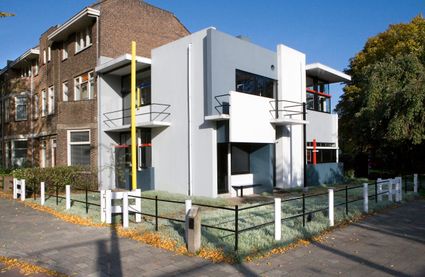
Rietveld Schröderhuis
Rietveld Schröderhuis
This is the masterpiece of Gerrit Rietveld, the designer who built the house in 1924, commissioned by the wilful Truus Schröder.
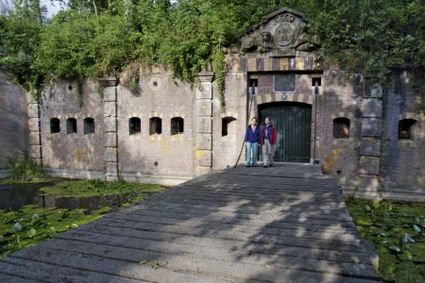
Plofsluis
The Plofsluis consists of five concrete bins with a relatively weak floor that span the Amsterdam-Rhine Canal. The bins could store around 40,000 tonnes of sand, gravel or debris. In wartime, th...
Plofsluis
The Plofsluis consists of five concrete bins with a relatively weak floor that span the Amsterdam-Rhine Canal. The bins could store around 40,000 tonnes of sand, gravel or debris. In wartime, the floor could be blow up, so that its contents would drop into the Amsterdam-Rhine Canal. This would block the canal and prevent the inundation water from flowing out. The lock was designed in such a way that its sides would remain upright after the explosion, so that the floor could be reconstructed and the sluice could be used again. It was never actually used.

Fort Jutphaas
This fort near the hamlet of Jutphaas was built in around 1820 to protect the old road between Houten and Montfoort.
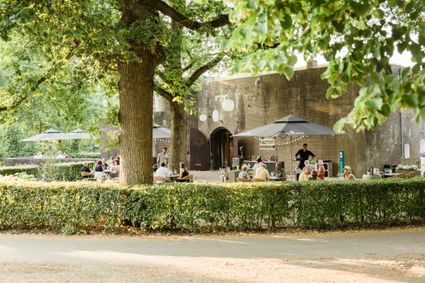
Fort Jutphaas
Fort Jutphaas
This fort near the hamlet of Jutphaas was built in around 1820 to protect the old road between Houten and Montfoort.
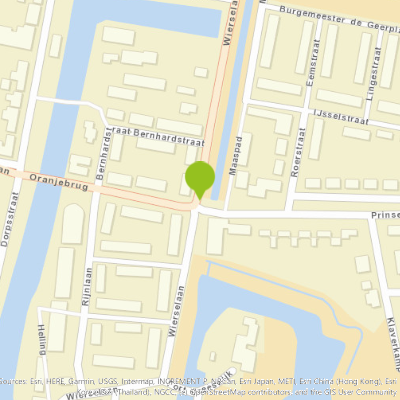
Fort Vreeswijk
Fort Vreeswijk has a rich history. Hidden in the built-up area of Nieuwegein, it was part of the New Dutch Waterline. The fort was originally built by the French in 1672 as a sconce consisting o...

Vianen
Little or nothing is known about the history of the town of Vianen. The first recorded mention of Vianen was as Vyanen Castle, which was granted the right to hold a market twice a year in 1270....

Large Pump/Vianen Town Pump
Take a walk down Voorstraat and you really can’t miss it: the town pump, also known as the Large Pump.
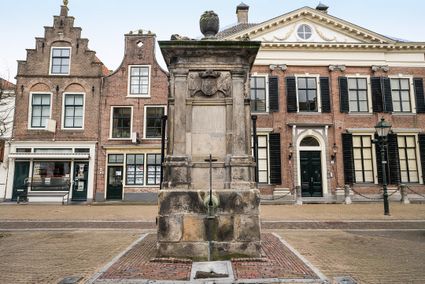
Large Pump/Vianen Town Pump
Large Pump/Vianen Town Pump
Take a walk down Voorstraat and you really can’t miss it: the town pump, also known as the Large Pump.
Vianen Municipal Museum
Those wishing to learn more about Vianen, the history of the town and the artistic, cultural and historical heritage have reached the right place at Vianen Municipal Museum.
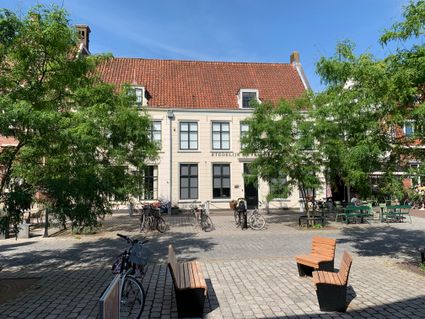
Vianen Municipal Museum
Vianen Municipal Museum
Those wishing to learn more about Vianen, the history of the town and the artistic, cultural and historical heritage have reached the right place at Vianen Municipal Museum.
Fort Everdingen
Destroyed towns and castles, plundering and domestic (and foreign) wars: every town and village has its own story to tell. Everdingen was put on the Dutch military map in the 19th Century as part of the New Dutch Water Line.
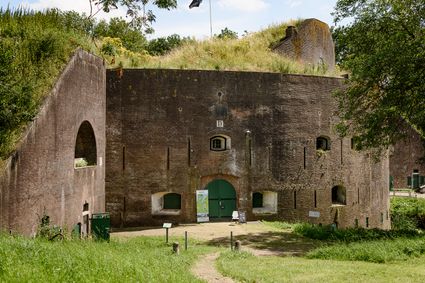
Fort Everdingen
Fort Everdingen
Destroyed towns and castles, plundering and domestic (and foreign) wars: every town and village has its own story to tell. Everdingen was put on the Dutch military map in the 19th Century as part of the New Dutch Water Line.
Goejanverwelle lock
The Goejanverwelle lock and the Enkele Wiericke lock on the Hollandse Ijssel played a key role in the Disaster Year. Together with the lock at Nieuwerbrug on the Oude Rijn, they formed the inlet...
Goejanverwelle lock
The Goejanverwelle lock and the Enkele Wiericke lock on the Hollandse Ijssel played a key role in the Disaster Year. Together with the lock at Nieuwerbrug on the Oude Rijn, they formed the inlet to the Langeweide polder, which was the narrowest section of the Waterline. The locks were opened on 17 June 1672 – just in time to halt the advance of the French, who had already captured Oudewater and marched right up to the edge of the hastily flooded Waterline. With great promptitude, the commander of the garrison at Goejanverwelle, the Count of Horn, gave the order to raise sconces and fortifications to defend the locks. For the moment, the Waterline was safe!
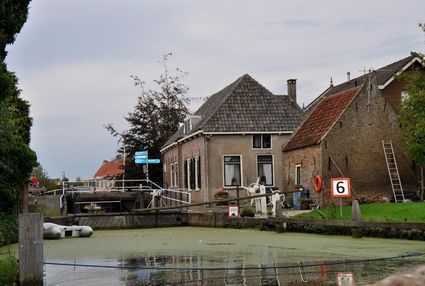
The Witches Weighhouse
Much of Oudewater’s city centre is listed in the Register of Monuments. The 16th century Witches Weighhouse, located in the centre of this historic place, now serves as a museum.
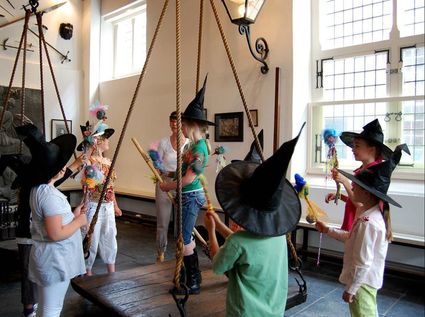
The Witches Weighhouse
The Witches Weighhouse
Much of Oudewater’s city centre is listed in the Register of Monuments. The 16th century Witches Weighhouse, located in the centre of this historic place, now serves as a museum.
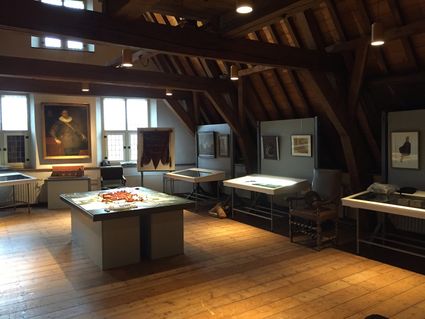
Castellum Hoge Woerd
Castellum Hoge Woerd, situated in Utrecht’s Leidsche Rijn neighbourhood, is a modern interpretation of a centuries-old Roman fort.
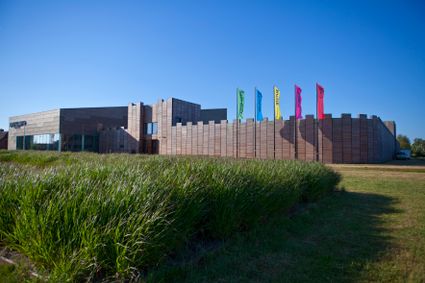
Castellum Hoge Woerd
Castellum Hoge Woerd
Castellum Hoge Woerd, situated in Utrecht’s Leidsche Rijn neighbourhood, is a modern interpretation of a centuries-old Roman fort.
DOMunder
Discover 2000 years of history underneath the Domplein square.
DOMunder
The secrets of Utrecht’s Dom Square have been revealed. The entrance to the underground space where you can view 2,000 years of Dutch history is in the middle of Dom Square. A route under the centuries old square can be followed with a special torch to discover all sorts of archeological finds. History literally springs to life as the torch activates stories and animated films.
DOMunder allows you to experience history from the time the Romans built the castellum Trajectum, around 45 A.D. And why was Utrecht the center of the Netherlands in the middle ages? You can even experience the destructive tornado that caused the nave of the Dom Cathedral to collapse in 1674. DOMunder brings the history buried under the Dom Square to life for all to experience and see, young and old alike.
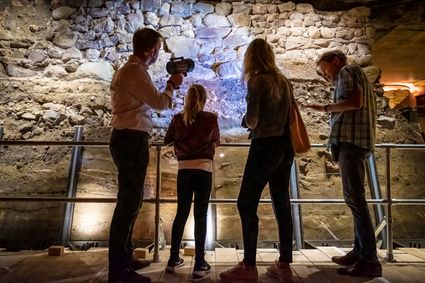
- 38
- 41
- 40
- 39
- 98
- 35
- 36
- 33
- 32
- 06
- 74
- 24
- 23
- 22
- 18
- 17
- 19
- 20
- 10
- 02
- 02
- 11
- 12
- 13
- 40
- 52
- 44
- 45
- 46
- 48
- 82
- 99
- 49
- 57
- 89
- 39
- 61
- 62
- 20
- 64
- 65
- 66
- 10
- 13
- 11
- 30
- 95
- 40
- 14
- 92
- 93
- 94
- 69
- 13
- 70
- 71
- 72
- 73
- 74
- 36
- 32
- 76
- 21
- 19
- 01
- 23
- 52
- 26
- 31
- 38

